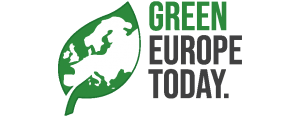The world around us is changing, and so are we. The challenges of protecting the climate and stopping the negative impact humans have on the environment affect our daily lives and the decisions we make – in a way that we are sometimes not even aware of. Welcome to 2022! Every new year brings a new opportunity to give up some of our bad practices and develop new, more sustainable, environmentaly friendly ones. So let’s take a look at a few new trends: what can we expect more of in the future, and what should be left to history?
Transport: electric currents instead of exhaust fumes
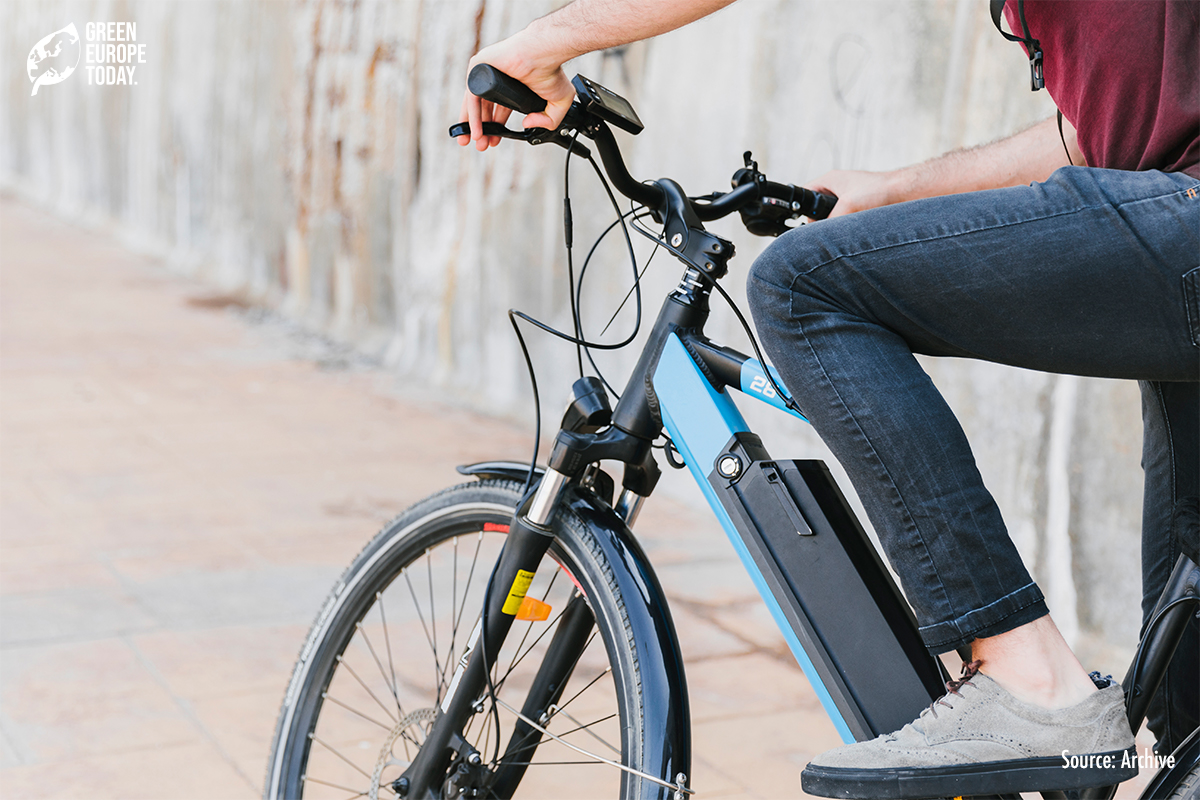
While driving a Ford Mustang with a pleasantly bubbling V8 gasoline engine is still a tempting prospect, more and more people are consciously giving up owning a car with an internal combustion engine. For now, this applies mainly to large cities that are able to offer alternative communication solutions. The electric car market in Poland is only just emerging, but with each year the dynamics of the growth in the sales of zero-emission cars will increase. There is no doubt about it, just look at the sales results in other countries .
However, this is not the only alternative. More and more people are using public transport, which is an efficient way of traveling in terms of reducing our carbon footrpint. This is especially true when combined with increasing innovations in electric and hybrid buses. It is today one of the ways we can demonstrate our commitment to care for the environment. In the spring, summer and winter season, city streets are also full of e-scooters, electric bikes and other personal mobility vehicles. These are simple and effective solutions that quickly gained popularity. This trend is driven further by changes in urban planning – city authorities are seeking new ways to reduce or remove car traffic from city centers . Such developments can be seen in larger cities in Polands such as Warsaw – during the renovation of the main communication arteries, they are being narrowed to create more space for pavements, bicycle paths and greenery. An example is the recently completed renovation of Al. Jana Pawła II.
“ The city is a space used by drivers, pedestrians, cyclists and people with disabilities. This split should be fair – so as to ensure the comfort of all users and the environment. That is why Warsaw is changing its very city center, restoring a healthy balance and driving sustainable mobility by promoting public transport and bicycles. “- says Konrad Klimczak, Chief Specialist at Warsaw City Council.

“ In 2021 we completed among others, the construction of another section of new, green tram tracks in Nowodwory, as well as construction works at the 16th “Park and Ride” parking facility close to Warsaw Żerań railway station. Seven out of twenty three modern and “tailor-made” Warsolino trams have arrived in the capital, whilst diesel buses are being replaced by low-emission and zero-emission vehicles (hybrids, gas carriers and electrics). We recently opened the largest charging station for electric buses (with a total capacity of 2.4 MW). The first Skoda Varsovia train is also operational and soon the first Impuls 2 trains for Warsaw’s inner city train network will arrive. “- adds Konrad Klimczak.
Plastic is not fantastic
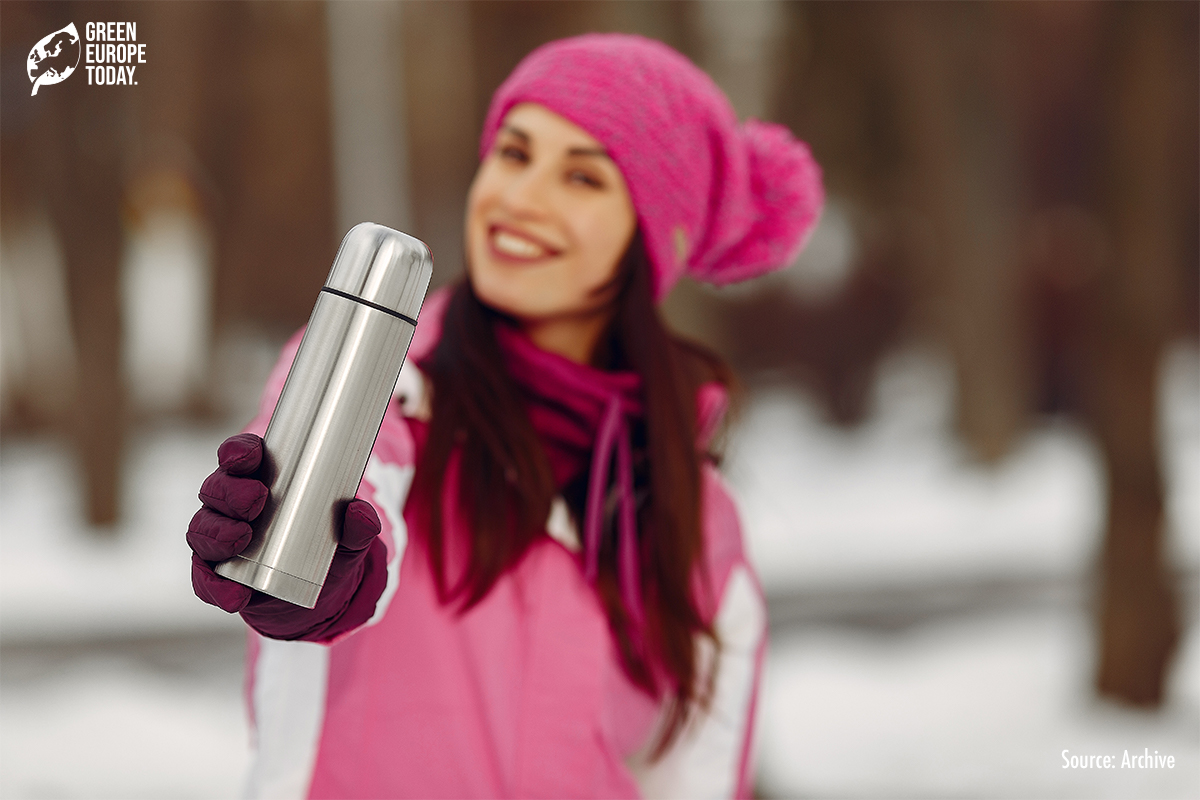
Until recently, we were throwing all rubbish into one container without thinking about its further fate. Recent years have brought a real revolution in this area – Poles have become used to segregation, and their awareness of the role of waste generated by them in environmental pollution has increased significantly. The key role here is played by plastic, which (rightly) has the worst PR of all household garbage. Almost everyone have heard about microplastics in the oceans and the tons of plastic rubbish that end up in them every day. Microplastic islands can even be seen from space .
The pressure to reduce the use of plastic will continue to grow – the use of disposable plastic dishes and cutlery at events or meetings is already in bad taste. It also seems that the fight against immortal plastic bags in stores is starting to show some results – on the streets or in supermarkets you can see more and more people using reusable bags or nets for fruit and vegetables. Water bottles and thermal bottles are becoming more and more popular and they are a successful replacement for disposable PET packaging, in which we were almost drowning in until recently. Changing only this habit can bring a lot – it is enough to realize that every Pole should drink about 2-3 liters of water a day. If everyone stopped using plastic bottles and switched to tap water (the quality of which is often better than bottled water), we would be producing tens of millions of bottles less per day! It is a fight worth fighting for – currently 20 thousand PET bottles are being produced per … second . Therefore, if you still habitually reach for a six-pack of mineral water, buy a reusable bottle and change your habits. You will save the environment, and at the same time – your own money.
Enjoy the beauty your country can offer!
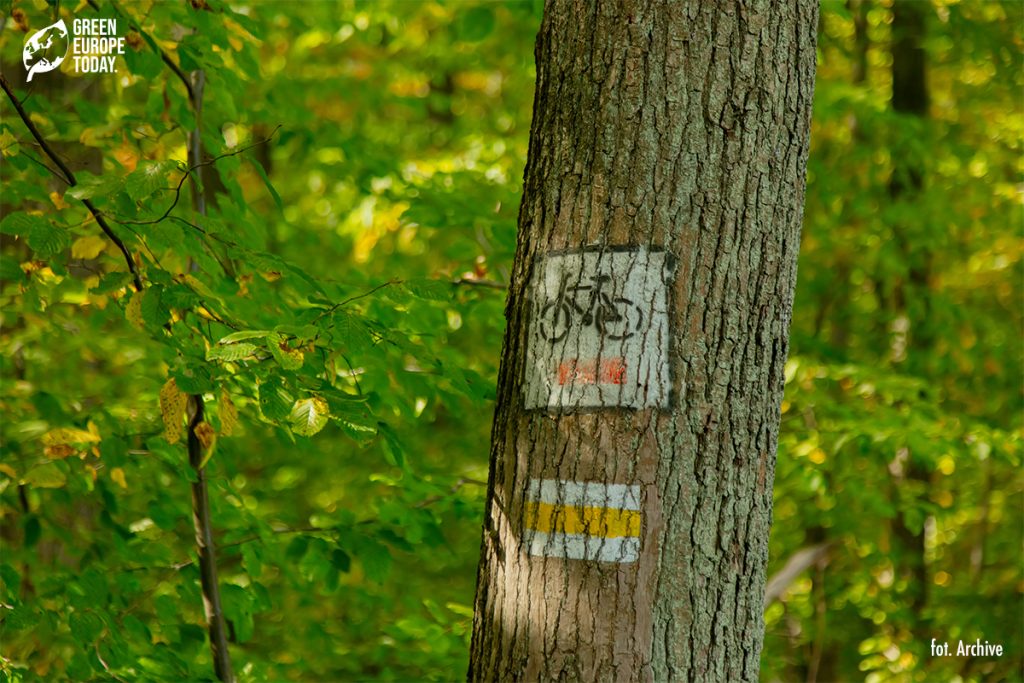
Distant journeys, although can stimulate the imagination, are gaining bad press. In Sweden, there is even a special term for this phenomenon – flygskam, or “shame of flying.” It all gained traction with Greta Thünberg, who, in the name of environmental protection, refused to travel by plane to the UN summit in the USA and went there by yacht. This initiative was aimed to raise awareness about CO2 emissions generated by air transport – due to its continuous development it is growing rapidly , the COVID-19 epidemic only temporarily slowed down this trend.
Flying to the other side of the world just to spend an all-inclusive 1 week holiday there is increasingly seen as an environmentally costly whim. According to the World Tourism Organization, the industry is responsible for 5% of global CO2 emissions . Opponents of global tourism also point to the disruption caused by foreign tourists in the previously wild parts of the planet.
Part of the solution to this problem is to give up long journeys for the benefit of those closer to home, which is part of the increasingly stronger trend of strengthening what is local.
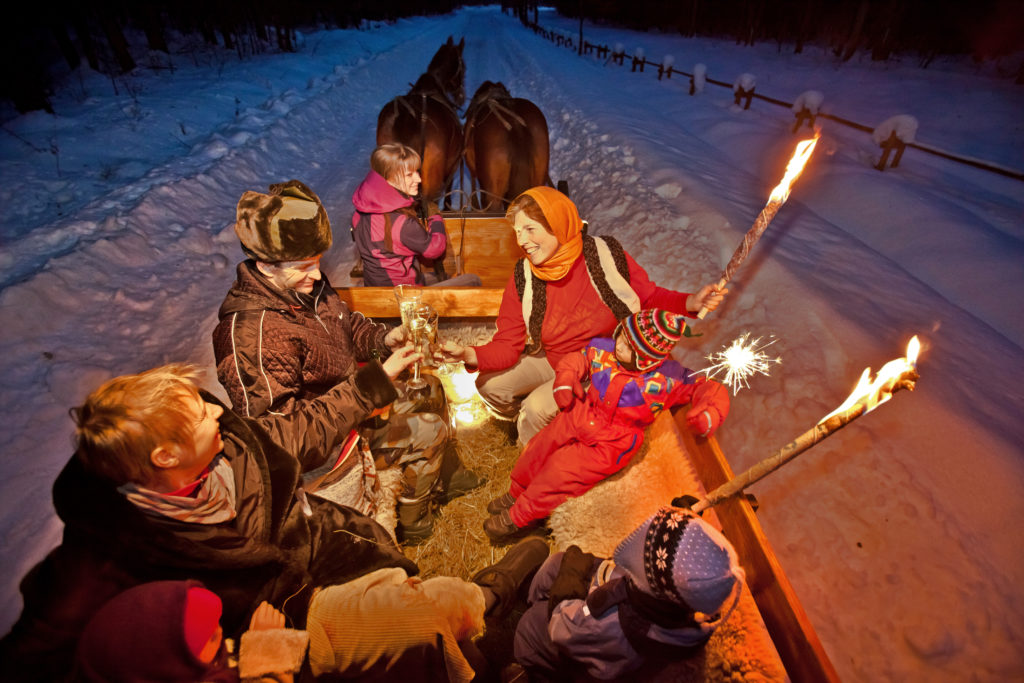
Białowieża National Park, photo: Polish Tourist Organization 
Ojców National Park, photo: Polish Tourist Organization 
Słowiński National Park, photo: Polish Tourist Organization 
Castle in Malbork, photo: Polish Tourist Organization
“ Even before the pandemic started, the trend of exploring unknown areas and trips to local, less known centers was visible, while restrictions in international traffic only increased it. There is no doubt that tourist education is a key element in caring for our natural heritage. Sustainable development is one of the current challenges of the entire industry. The range of tourist attractions in Poland, especially those based on active tourism, is very wide. Poles are falling in love with their homeland again, which can be seen, for example, by the increasing number of domestic tourists. Tourists more often chose traveling the country by bike, kayak or on foot. Combining active rest with the charms of native nature is a perfect holiday plan. ” – said acting President of the Polish Tourist Organization Anna Salamończyk-Mochel.
Therefore, when planning your next vacation, instead of the Canary Islands or the Dominican Republic, it is worth considering local atractions which in Poland’s case could be: Roztocze, Kashubia or the Drawskie Lake District. How many beautiful places there are!
Read, check and make better choices
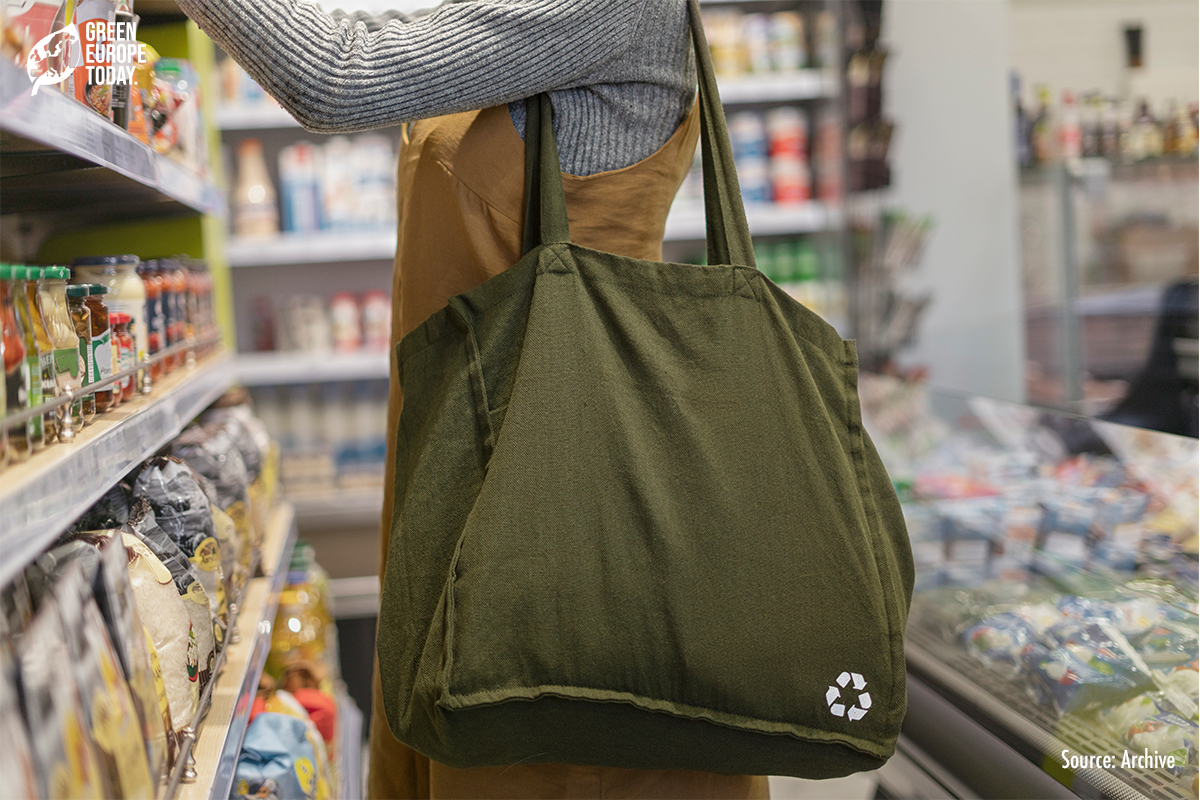
Buying BIO food, i.e. food from controlled and certified crops, is slowly ceasing to be a luxury and a niche. Of course, these products are still more expensive than their non-certified counterparts, but more and more consumers are paying attention to food quality and are willing to forgo quantity for quality. You can see it on store shelves – until recently, shelves with BIO products could be found only in large supermarkets, now they are in almost every store, even the small, local ones.
The sight of customers reading product labels in stores is no longer surprising – after all, we are what we eat. There are also more and more people who have chosen to reduce the share of meat in their diet and replace products from industrial breeding with more expensive, but of much better quality, certified meat. Animal breeding is also one of the main causes of global CO2 emissions, so one can expect a gradual increase in costs related to it, and consequently, a reduction in its scale. It is possible to return to the old habits of eating meat once or twice a week. Such a trend would make sense – it would certainly have a positive impact not only on the planet, but also on our health. Research shows that eating a processed meat meal every day increases the risk deaths by as much as 20%, so it is worth making amends with fruit and vegetables.
“ Poles belong to the group of conscious consumers and more and more often choose products based on the composition and nutritional value. According to the published study “Eating habits in Poland” – carried out for the Biedronka chain in cooperation with the renowned research center IPSOS, consumers are limiting some dietary ingredients, such as sugar or fat, and on the other hand – plant-based and organic products are becoming more and more popular.
Buying organic food is reported by 58% of Poles at least from time to time. Many of them have started doing this in the last five years. The most frequently purchased organic products include, among others vegetables, fruits and dairy products. All categories of vegetarian and vegan products are also gaining popularity – the most popular are hummuses, plant pates and plant drinks. A third of Poles declare that they eat vegetarian / vegan products. “- comments Dr. Justyna Szymani, director of the quality development and own brand control department in the Biedronka retail chain.

“ Aware of these changes and nutritional trends, Biedronka has prepared a cookbook” Mediterranean Cuisine “. We noticed that, on the one hand, Poles are looking for new tastes, enjoy discovering new dishes, but at the same time they want to eat the dishes they know from traditional family homes. That is why we proposed an original concept of combining Polish flavors and the principles of composition of dishes typical of southern European countries. “- adds Dr. Eng. Justyna Szymani
Inner city wildlife? Yes please!
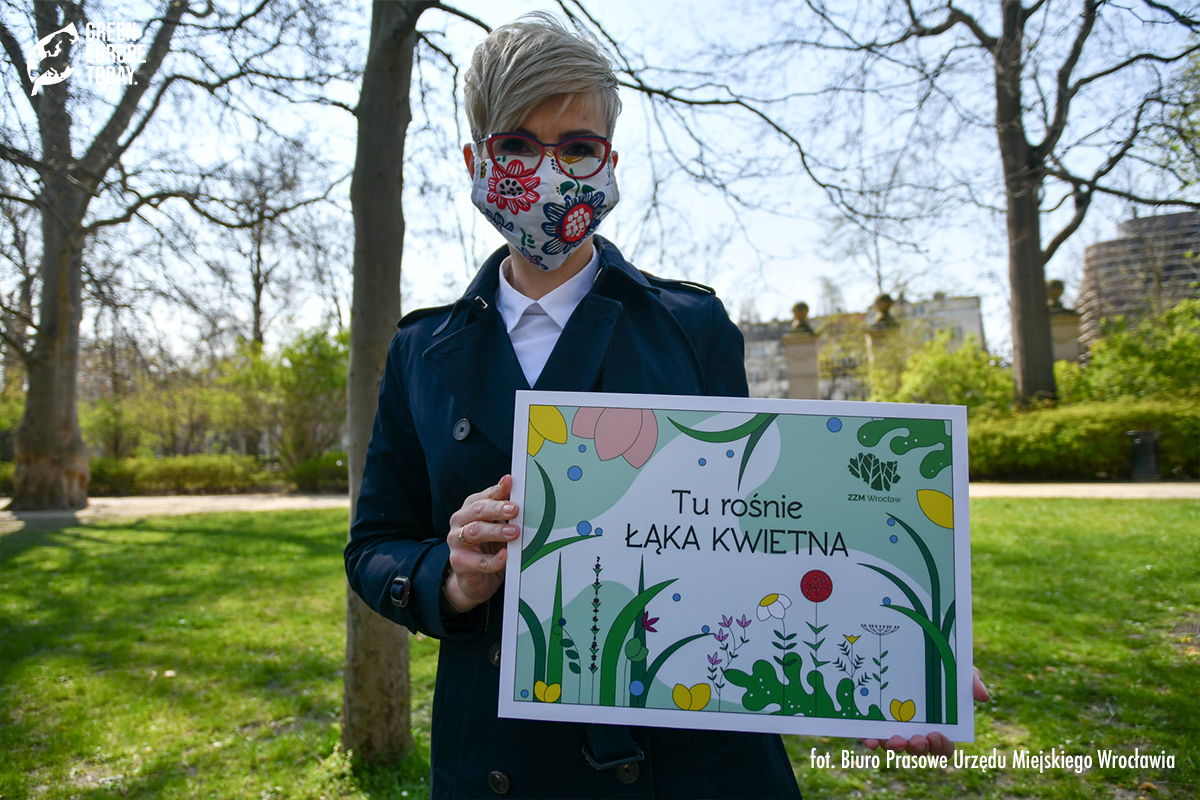
The growing ecological awareness means that more and more often it is possible to observe processes aimed at inviting nature to places from which it was previously ousted. A good example is the re-emergence of flower meadows, which have almost completely disappeared from cityscapes over the past decades. They are coming back in style, with the support of environmental groups and urban activists. And that’s a good thing, because not only do they they look beautiful – they also bring a number of advantages. Meadows perfectly retain water and are a perfect environment for pollinators, mainly bees.
“We have been running the #EKOszenie campaign in Wrocław for three years now. The City Greenery Board adjusts the frequency of mowing to, among others, weather conditions, the place of grass occurrence and its height, the safety and comfort of the inhabitants. Every year, numerous flower meadows are created in the city. We want grass and flowers to have the opportunity to sow seeds. Higher grass means many environmental benefits and better adaptation of urban space to climate change. Such greenery retains moisture for longer, which is extremely important in the context of the warmest months of the year. In addition, flowering plants also grow, benefiting pollinating insects. The taller grass is also a home for many creatures such as hedgehogs, shrews, outdoors birds and lizards. It has a natural appearance, reduces noise and absorbs pollution from transport. Rarely mowed lawns also prevent soil erosion from heavy rains and wind. – comments Marcin Obłoza from the Department of Social Communication of Wrocław City Council.
As experts estimate , there are up to 300 species of animals and 60 species of plants in the meadows – it is truly briming with life. Establishing meadows also means significant savings for city budgets a> – they are mowed much less frequently than city lawns (twice a season), they do not need to be intensively fertilized and watered. Meadows along the roadsides also facilitate the efficient drainage of excess rainwater. We can only see advantages! Therefore, if you have a beautifully trimmed lawn in front of your house, consider whether it is not worth giving at least a part of this area to nature next season.
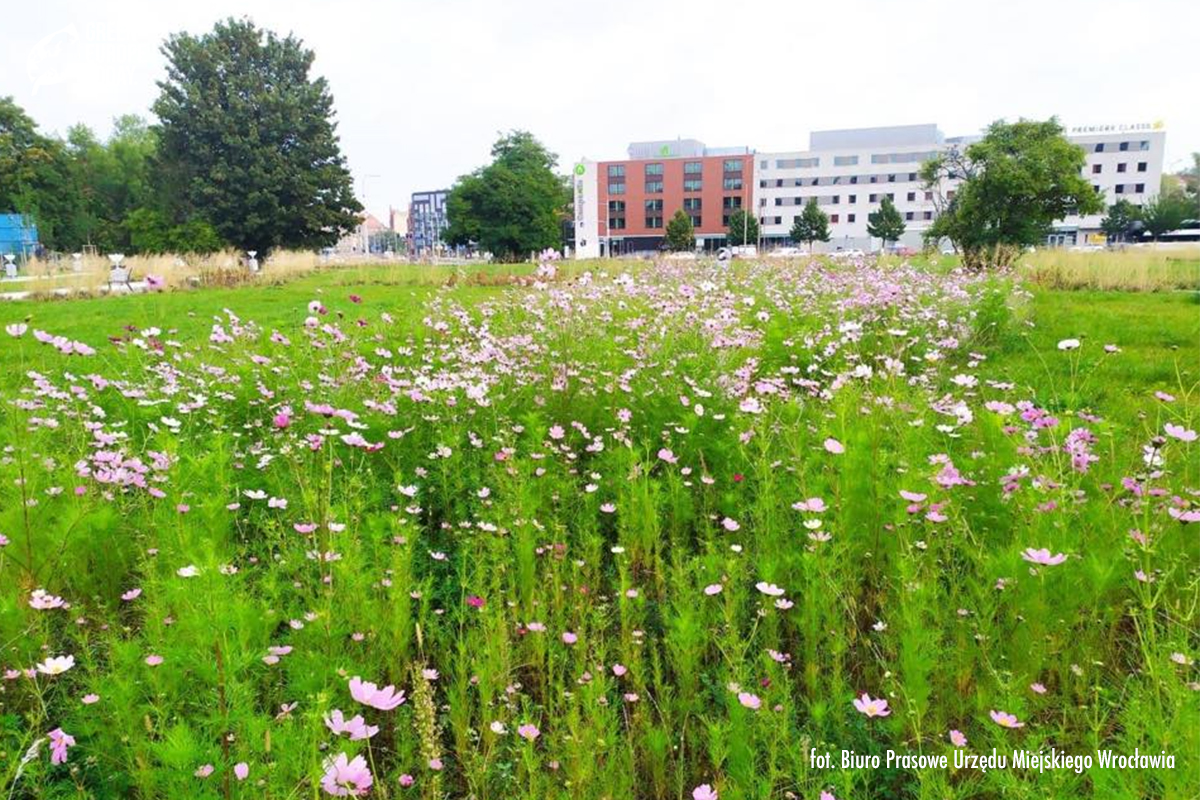
Taking the first step
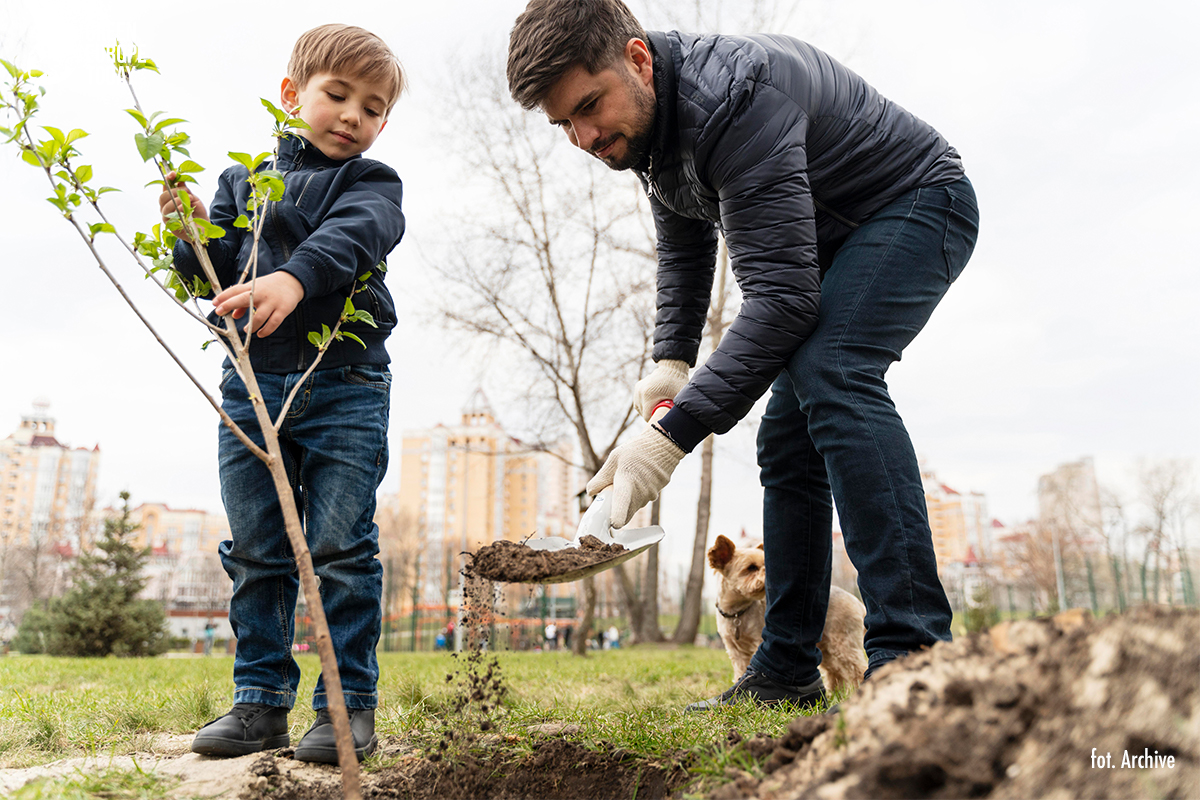
We have described a few selected trends – however, there are many more. These are not temporary fashions, but symbols of important changes that are worth following. If they become widespread, they will protect not only the climate and the planet – but also ourselves. Living in a world that changes under their influence will be better for all of us. And every big change starts with small steps – so as part of the New Year’s resolutions, let’s consider what each of us can do to help fight the negative impact of our civilization on the climate.
Edited by:
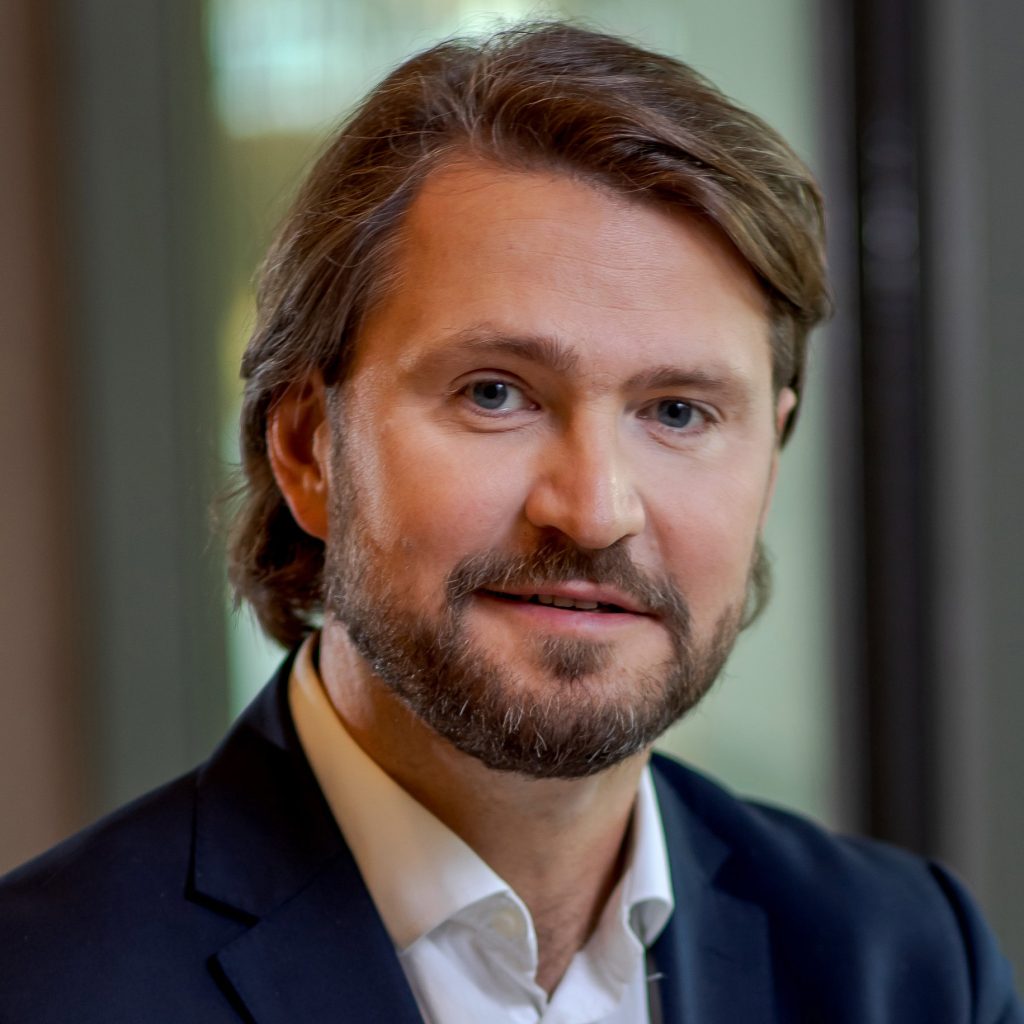
Tomasz Bułhak – Chief Analyst, Green Europe Today
Tomasz Bułhak is currently working with the business, preparing comprehensive analyzes and providing marketing support. Actively monitors changes resulting from new trends and pro-ecological regulations and their impact on the business. For several years he worked in managerial positions in international companies from the automotive sector. He studied Journalism at the University of Warsaw.
Expert commentary:

Anna Salamończyk – acting President, Polish Tourist Organization
A graduate of MBA Management at the Lazarski University and MA in Romance Philology at the Pedagogical University of Krakow. She also completed postgraduate studies in public relations, human resource management at the European University in Krakow. Over the past few years, she was the president of the management board at the GPW Foundation, and also a director at the National Agency of the Erasmus + Program. Previously, she gained experience at the Ministry of Science and Higher Education as the director of the minister’s office. Before she started working in the civil service, she was associated with the training industry, where she coordinated projects addressed to the tourism industry, including “Zielona Firma” or „Trening Smaków”.

dr inż. Justyna Szymani – Director of the Product Quality Development Department, Biedronka
Director of the Product Quality Development Department in the Biedronka chain of stores, associated with the company for 16 years. For 10 years he has been responsible for the quality of the brand products of his own chain of Biedronka stores. She obtained a PhD in agricultural sciences at the Faculty of Human Nutrition and Consumption Sciences at the Warsaw University of Life Sciences (2013). In addition, she completed postgraduate studies in food safety at the Food and Nutrition Institute (2008) and the Advanced Management Program at the University of Warsaw (2014).


